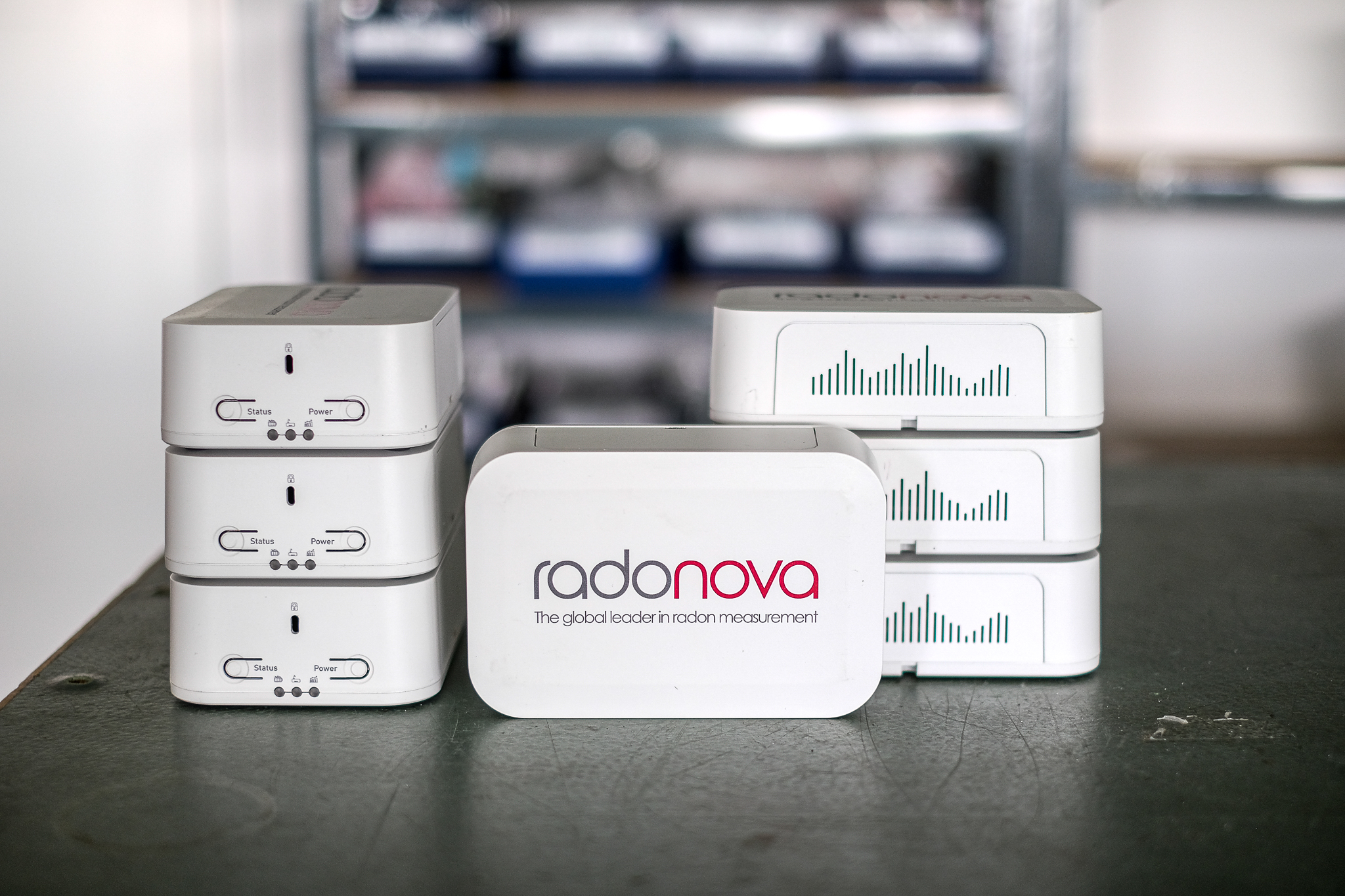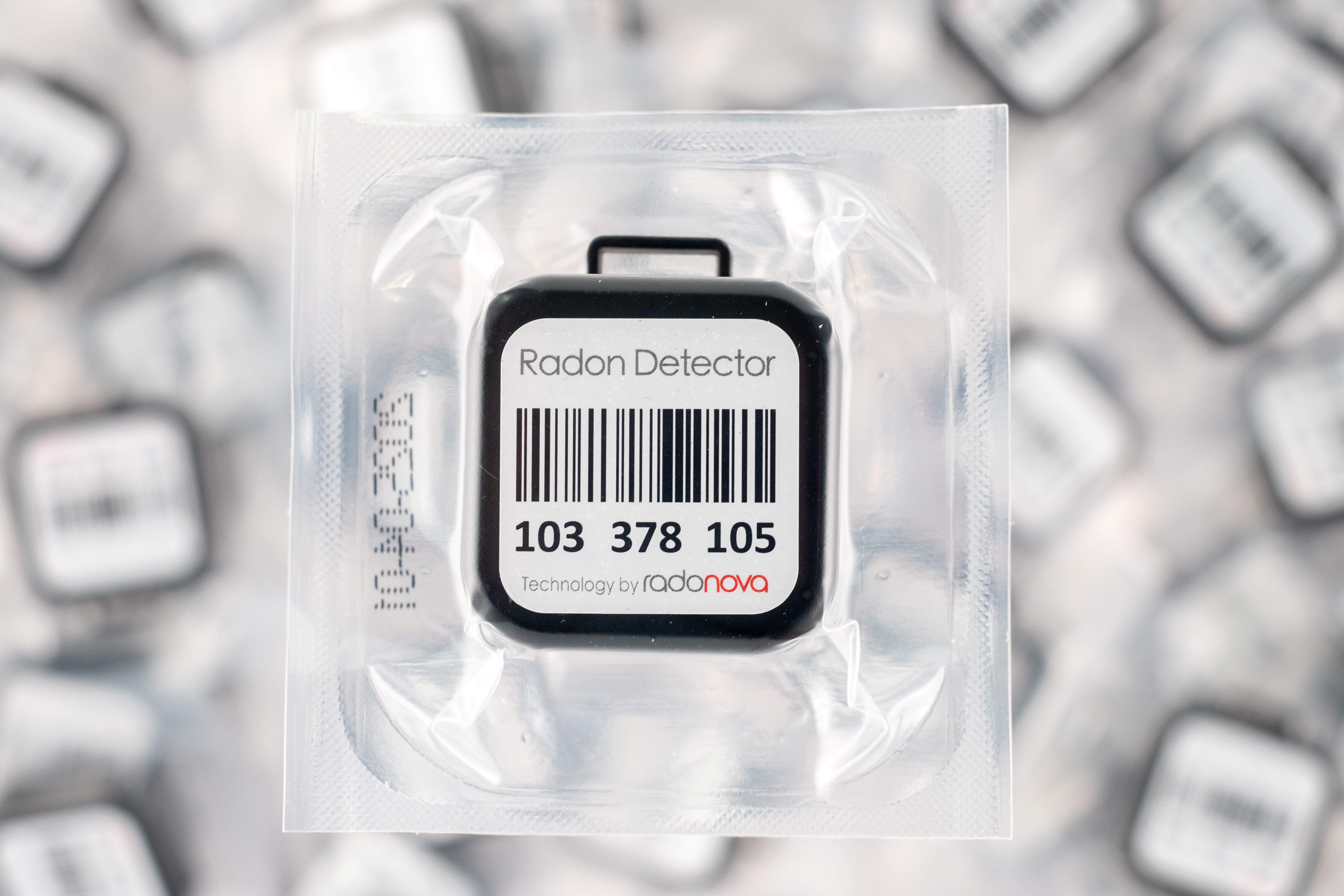In this article, we explain why it is important to choose the right radon sensor if you are looking to optimize ventilation in workplaces and schools. In properties with ventilation, radon levels can often vary and this is often dependent on whether the ventilation is running or not. Normally, radon levels are significantly lower when the ventilation is switched on. Depending on the design and effectiveness of the ventilation system, it can also take different lengths of time to reduce radon levels to a concentration that does not pose a threat to human health. To be able to determine when ventilation should be switched on or off, it is critical that the measurement is conducted with a radon sensor that can react quickly to variations in radon levels.
A radon level expressed as a 24-hour average is not sufficient
Unfortunately, there are a plethora of radon sensors that are cheap but have shortcomings. An example is Airthing’s radon sensors, which only have the capacity to indicate a radon level based on a 24 hour average. If you try to programme and optimize ventilation based on the result from that type of sensor, there is a risk that you keep the ventilation on completely unnecessarily after the end of the working day, or even worse, that you let the ventilation start too late after a weekend or any other period when the workplace or school has been closed for a long time. In addition to the fact that these sensors only indicate an average value after 24 hours of measurement, they are also not individually calibrated, which increases the risk of inaccurate measurement.
Electricity consumption is also a factor
If the goal is to optimize ventilation so that radon levels are kept at an acceptable level during work and school hours while also keeping electricity consumption down, radon sensors with semiconductor technology based on high voltage are an ideal solution. By using this type of sensor, you obtain a value based on less than 40 minutes of measurement. A key advantage is that you can clearly see how ventilation affects radon levels when the system is switched on or off. Sensors such as SPIRIT and Robin are designed to offer just that type of functionality. They are also individually calibrated, which significantly reduces the risk of incorrect measurement.
If you want to conduct a reliable radon measurement that also provides data on how to regulate ventilation in a safe and cost-effective way, the advice is to not to be driven by price alone but place more emphasis on quality and performance. It always pays off.







